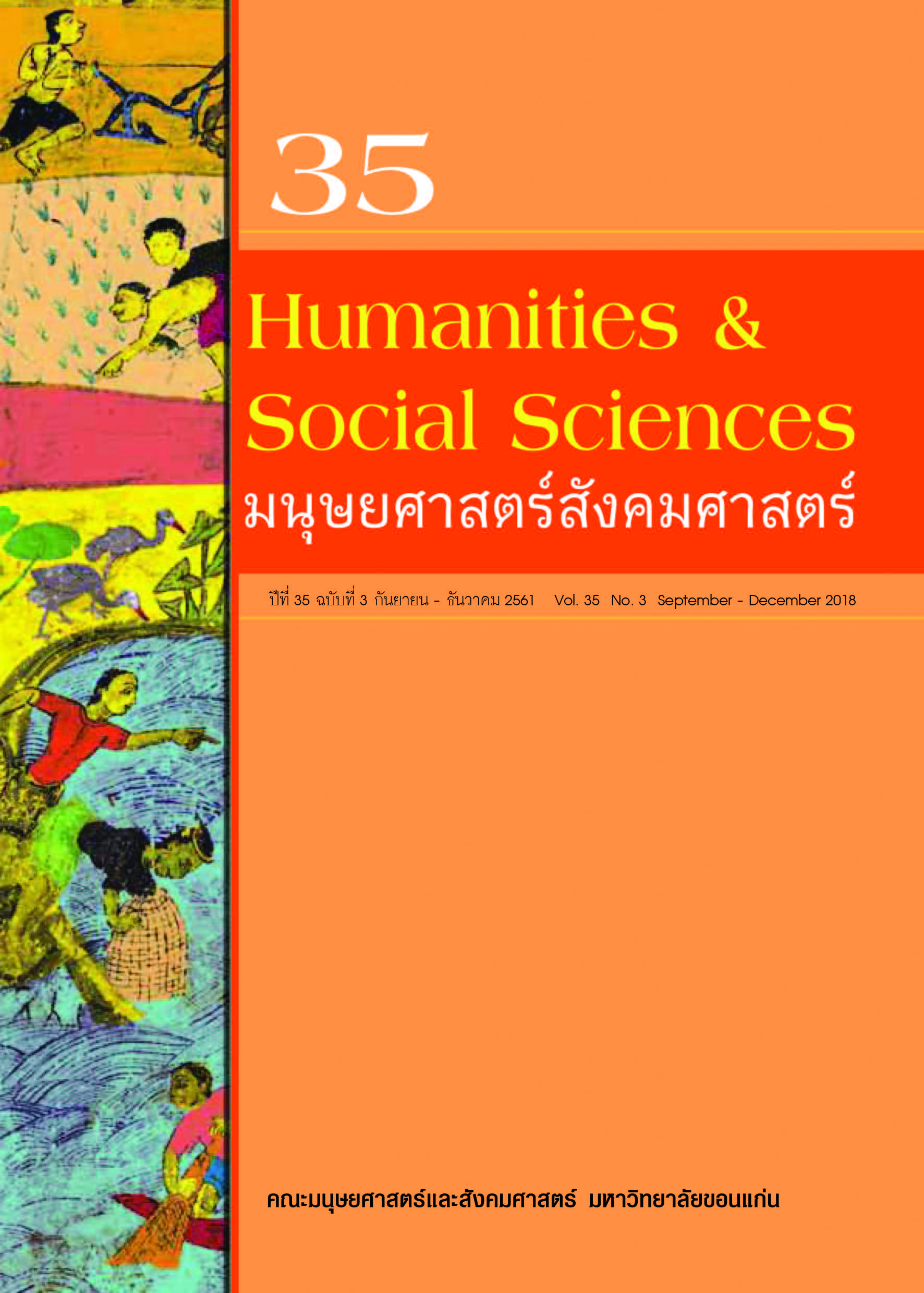ความทุกข์ของสตรีตามทัศนะในพระพุทธศาสนาเถรวาท / The suffering of women in Theravada Buddhist view
Keywords:
The suffering, women, the opinion, Theravada BuddhismAbstract
This document illustrates the sufferings of women according to the perspectives of Theravada Buddhism which can be highlighted in 5 different scenarios: 1) the separation of a woman and her family when she is married to a man ; 2) the pain from menstruation ; 3) the suffering of getting pregnant ; 4) the pain of giving birth ; and 5) the responsibilities of taking care of her husband and children. The responsibilities of taking care of her husband and children. The purpose of this document is to apply the Buddhist disciplines to manage and ease the five aforementioned sufferings in women. Furthermore, this document aims to demonstrate the use of the five precepts in Buddhism for women to apply on their daily lifestyle in order to manage with the aforementioned sufferings as they are unavoidable when a woman being married to a man. The Buddha once stated that motherhood consists of the five precepts, bravery and encouragement as the responsibilities of women are not only to be pregnant and give birth to a child, however, they are required to teach their children and raise them with good ethics to be a good person into a society. Therefore, the person who is able to relieve the sufferings in women has to be their own self because in the matter of fact, every person in this world in a spite of being good or bad, depends on their upbringing from their mothers with the strength of good ethics in order to that person to become a good Samaritan in a society. Consequently, the five sufferings mentioned above are inevitable. Women need to have the teachings in Buddhism to help them cope with those sufferings on their everyday lives and their families with the five precepts, good ethics, and compassion in order to make themselves living in harmony and eventually find the true happiness.
References
care. สูติศาสตร์. second edition. สืบค้นเมื่อวันที่ 24 มิถุนายน 2561, จาก https://haamor.
com/th/การตั้งครรภ์/.
ไทยเฮิร์บ การแพทย์แผนไทยประยุกต์. (2558). การมีประจำเดือน. สืบค้นเมื่อวันที่ 23 มิถุนายน 2561, จาก
www.facebook.com/Thaiherbclinic/posts.
พระธรรมปิฏก (ป.อ.ปยุตฺโต). (2546). พจนานุกรม ฉบับประมวลศัพท์. พิมพ์ครั้งที่ 9. กรุงเทพมหานคร :
โรงพิมพ์ มหาวิทยาลัยมหาจุฬาลงกรณราชวิทยาลัย.
พระมหามิตร ฐิตปญฺโญ. “พระพุทธศาสนากับการอุ้มบุญ”. วารสารการประชุมวิชาการระดับชาติ “บูรณา
การพระพุทธศาสนากับศาสตร์สมัยใหม่” เล่ม 1. มหาวิทยาลัยมหาจุฬาลงกรณราชวิทยาลัย 22 –
23 ธันวาคม 2557 : 157-172.
มั่นเกียรติ โกศลนิรัติวงษ์. (2541). พุทธธรรม : ทฤษฎีและเทคนิคการให้คำปรึกษา. กรุงเทพมหานคร :
สุวิริยาสาส์น.
มหาจุฬาลงกรณราชวิทยาลัย. (2539). พระไตรปิฎกภาษาไทย ฉบับมหาจุฬาลงกรณราชวิทยาลัย.
กรุงเทพ มหานคร : โรงพิมพ์มหาจุฬาลงกรณราชวิทยาลัย.
แม่รักลูก. (2559). ผู้หญิงคลอดบุตรสามขั้นตอน. สืบค้นเมื่อวันที่ 18 มิถุนายน พ.ศ. 2561, จาก www.
maerakkuke.com/topics/1226.
วิเชียร ชาบุตรบุณฑริก. (2542). ความจริงของชีวิต. กรุงเทพมหานคร : บริษัท ซีเอ็ดยูเคชั่น จำกัด.
RITTI JANSON. (30 พฤษภาคม 2554). อภิธรรม คือ โพธิปักขิยธรรม. สืบค้นเมื่อวันที่ 23 มิถุนายน พ.ศ.
2561, จาก https://rittijanson.blogspot.com.
Siamhealth. (2561). สุภาพสตรี. สืบค้นเมื่อวันที่ 18 มิถุนายน พ.ศ. 2561, จาก www.siamhealth.net/
pubic_htm/mother_child/menstruation/mens_index.htm.
Dr. W. Rahula. (1988). What the Buddha Taught. Bangkok : kurusapha Press.


